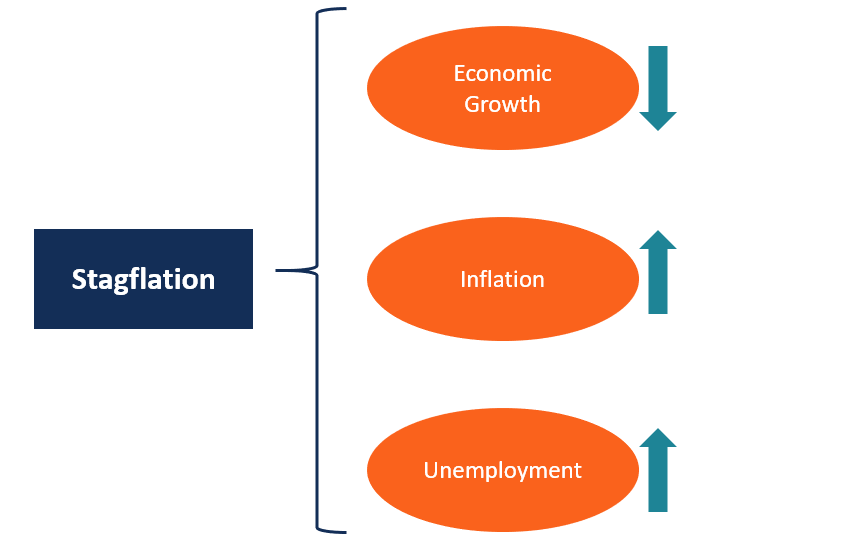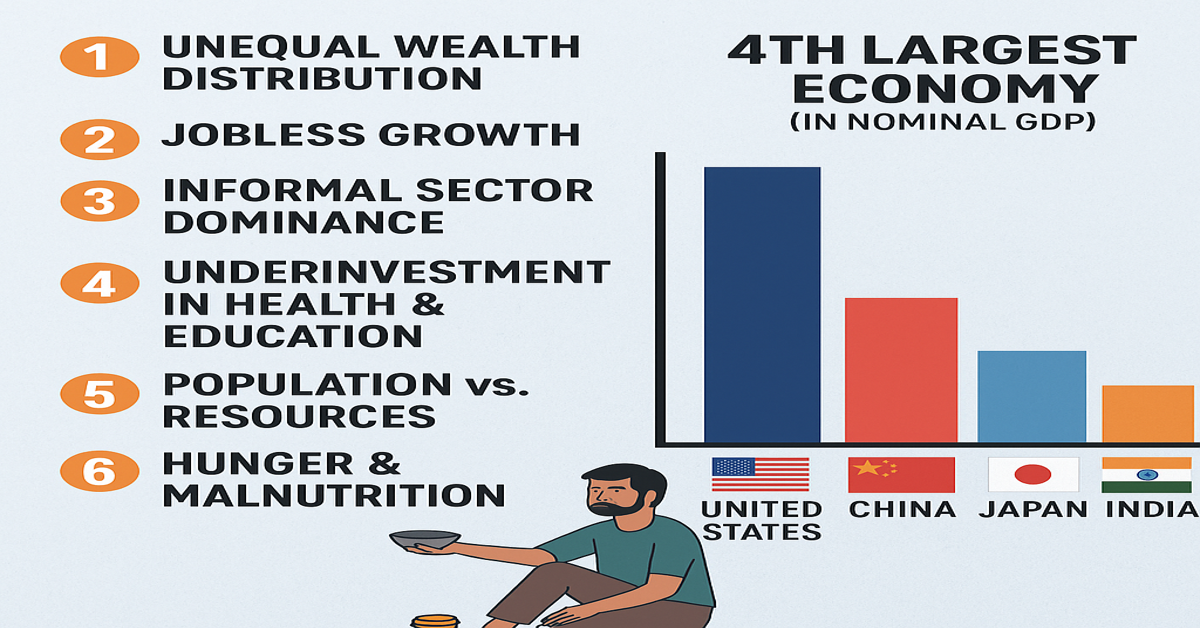Press Working
Press working may be defined as, a manufacturing process by which various components are made from sheet metal. This process is also termed as cold stamping. The machine used for press working is called a press.
The main features of a press are:
· A frame which support a ram or a slide and a bed, a source of mechanism for operating the ram in line with and normal to the bed.
· The ram is equipped with suitable punch/punches and a die block is attached to the bed.
· A stamping is produced by the downward stroke of the ram when the punch moves towards and into the die block.
· The punch and die block assembly is generally termed as a “die set” or simple as the “die
Press operations may be grouped into two categories
- Cutting operations
- Forming operations
- In cutting operations the sheet metal is stressed beyond its ultimate strength whereas in forming operations the stresses are below the ultimate strength of the metal.
- Metal cutting operations
- In sheet metal operations the metal is sheared hence also called as shearing operations
- In this operation the metal sheet is stretched beyond its ultimate strength They include following operationsi. Blankingii. Punchingiii. Notchingiv. Perforatingv. Slittingvi. Lancingvii. Shavingviii. Shearingix. Nibbling
Blanking
- Blanking is a cutting operation of a flat metal sheet and the article punched out is known as blank
- Blank is the required product of the operation and the metal left behind is considered as a waste
Punching
- It is the cutting operation with the help of which holes of various shapes are produced in the sheet metal
- It is similar to blanking only the main difference is that, the hole is the required product and the material punched out from the hole is considered as a waste.
Notching
- Similar to blanking however the full surface of punch does not cut the metal
- In this operation the metal pieces are cut from the edges of a sheet
Perforating
- It is similar to piercing only difference is that holes produced are not in a round shape
- In this process, multiple holes which are very small and close together are cut in the sheet metal.
Slitting – It is the operation of making an unfinished cut through a limited length only.
Lancing
- In this operation, there is a cut of sheet metal through a small length and bending this small cut portion downwards.
Shaving
- This operation is used for cutting unwanted excess material from the periphery of previously formed workpiece
- Very small amount of material is removed in this process.
Shearing
- It is a process of cutting a straight line across the strip, sheet or bar. It has three stages
- Plastic deformation
- Fracture
- Shear
- When the metal is placed between upper and lower blades of the shear and the pressure is applied, plastic deformation of the metal takes place
- As the pressure is continued, the fracture crack starts at the cutting edge of the blade.
- As the blade descends further, the small fracture meet and the metal is sheared.
Nibbling
- This operation is generally substituted by blanking
- It is designed for cutting out flat parts from sheet metal
- The flat parts ranges from simple and complex contours
- It is used only for small quantity of components
Metal forming operations
- In metal forming operations, the sheet metal is stressed below the ultimate strength of the metal
- In this operations, no material is removed hence there is no wastage
- Metal forming operations include following operationsi. Bendingii. Drawingiii. Embossingiv. Formingv. Coining
Bending
- It is a metal forming operation in which the straight metal sheet is transformed into a curved form
- In bending operations, the sheet metal is subjected to both tensile and compressive stresses
- During the operation, plastic deformation of the material takes place beyond its elastic limit but below its ultimate strength
- Bending methods which are commonly used arei. U-bendingii. V-bendingiii. Angle bendingiv. Curling
Drawing
- In this operation, punch forces a sheet metal blank to plastically into the clearance between the punch and die
- Finally the blank takes shape of a cup
Embossing
- With the help of operation, specific shapes of the figures are produced on the sheet metal
- It is used for decorative purposes or giving details like names, trademarks, etc on the sheet metal
Forming
- In forming operation, sheet metal is stressed beyond its yield point so that it takes a permanent set and retains the new shape
- In this process, the shape of punch and die surface is directly reproduced without any metal flow
- The operation is used in the manufacturing of door panels, steel furniture, air-craft bodies, etc.
Coining (squeezing)
- In coining operation, the metal having good plasticity and proper size is placed within the punch and die and a tremendous pressure is applied on the blank from both ends
- Under severe compressive loads, the metal flows in the cold state and fills up the cavity of the punch and die
- The operation is used in the manufacturing of coins, ornamental parts etc.
Deep drawing
- It is a process of making a cup-shaped parts from a flat sheet-metal blank
- To provide necessary plasticity for working, the blank is first heated and then placed in position over the die or cavity
- The punch descends and pushes the metal through the die to form a cup, hence this process is called as cupping
- To obtain cup shaped pieces of desired size and wall thickness, the process may be continued through a series of successively smaller dies and punches.


